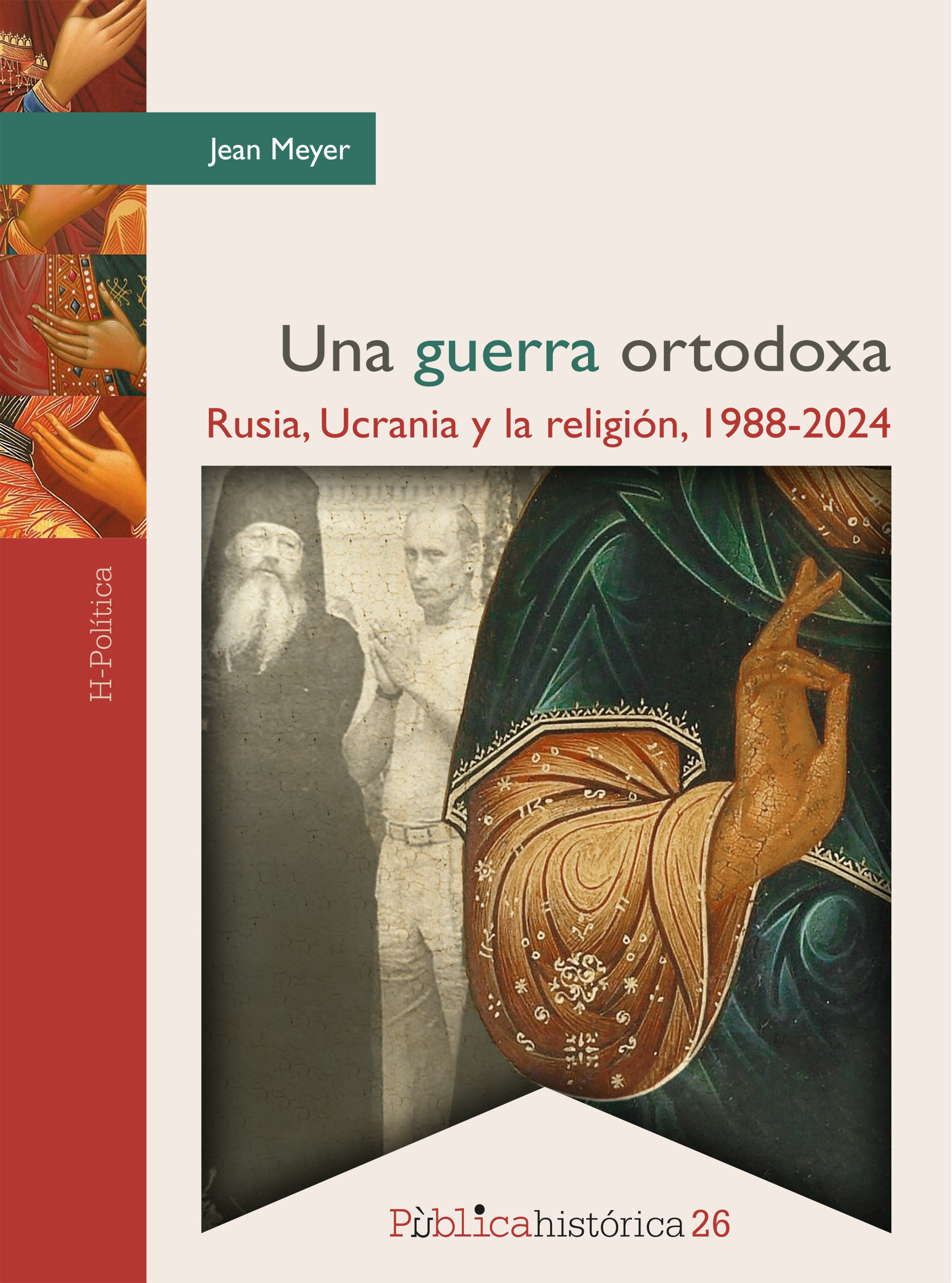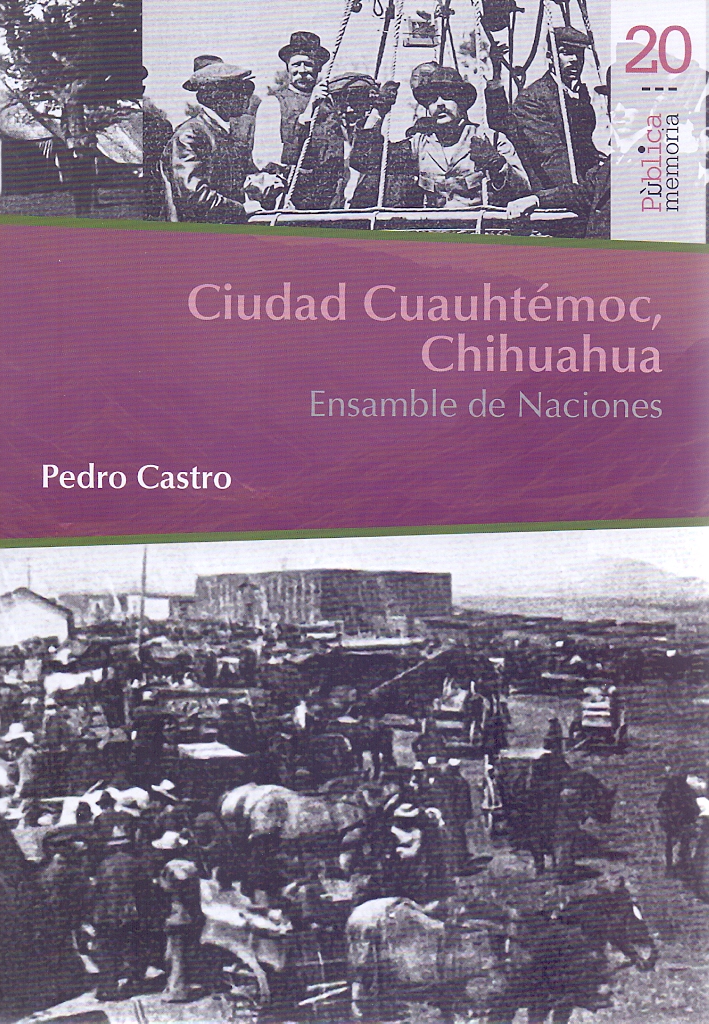Libros relacionados
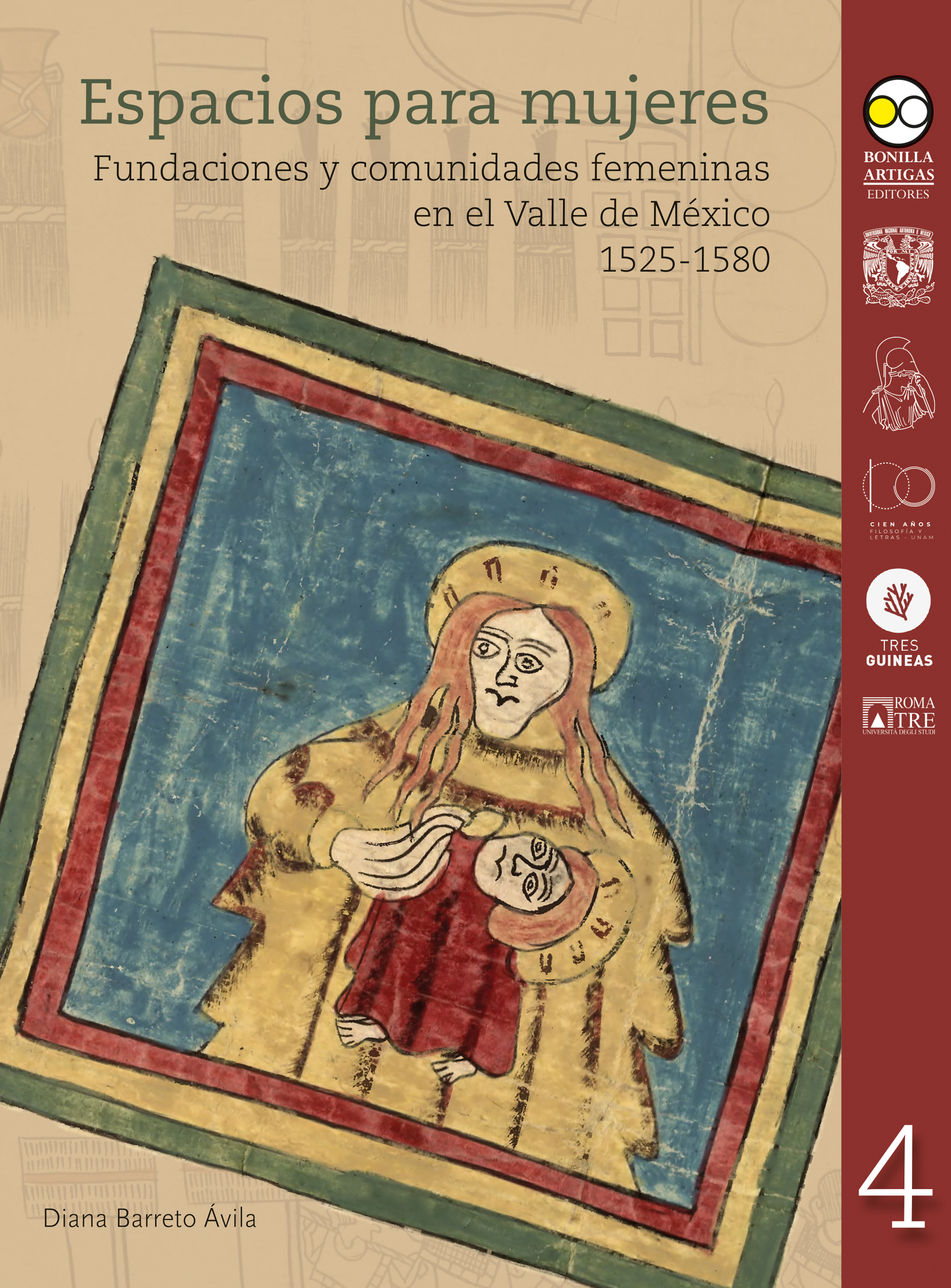 |
Espacios Para Mujeres: Fundaciones y Comunidades Femeninas en el Valle de Méxic Barreto Ávila, Diana Bonilla Artigas Editores |
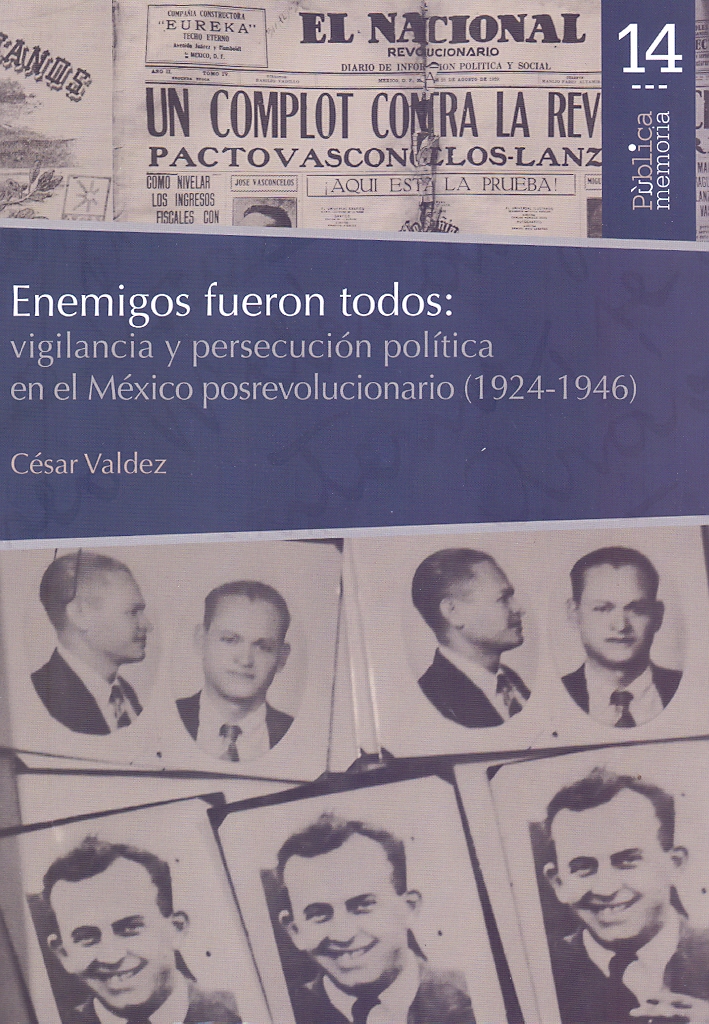 |
Enemigos Fueron Todos: Vigilancia y Persecución Política en el México Posrevoluc Valdez César Bonilla Artigas Editores |
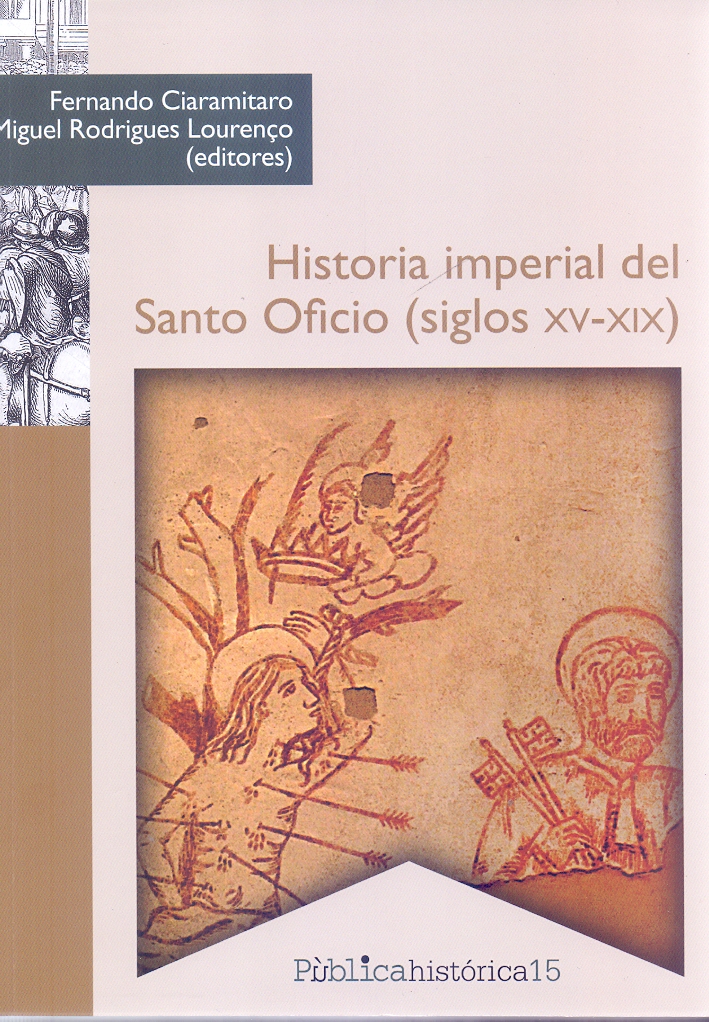 |
Historia Imperial del Santo Oficio (Siglos XV-Xix) Fernando Ciaramitaro, Miguel Rodrigues Lourenço Bonilla Artigas Editores |
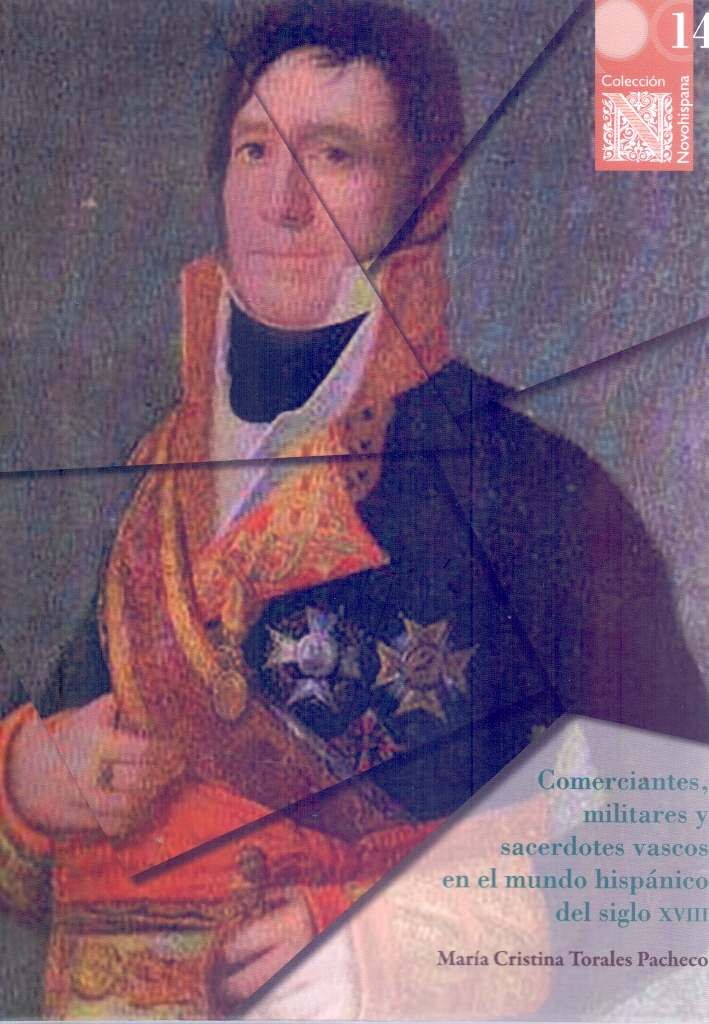 |
Comerciantes, Militares y Sacerdotes Vascos en el Mundo Hispánico del Siglo XVII Torales Pacheco, María Cristina Bonilla Artigas Editores |
 |
El Crisol y la Flama: Grupos Sociales y Cofradías en Pátzcuaro (Siglos XVI y XVI Flores García, Laura Gemma Bonilla Artigas Editores |
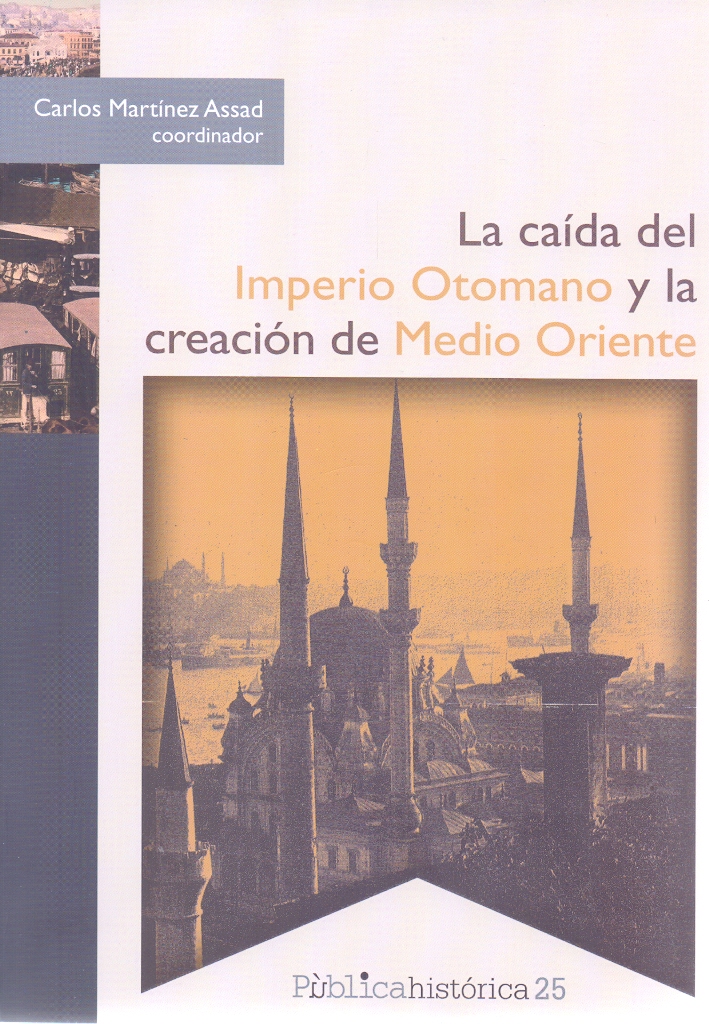 |
La Caída del Imperio Otomano y la Creación de Medio Oriente Carlos Martínez Assad Bonilla Artigas Editores |
 |
Exilio Español y Su Vida Cotidiana en México, El. Serrano Migallón, Fernando; Woldenberg José Bonilla Artigas Editores |


|
Título: Timeless Mexico. The Photographs Of Hugo Brehme | |
| Autor: Toomey Frot, Susan | Precio: $880.00 | |
| Editorial: University Of Texas Press | Año: 2011 | |
| Tema: Historia, Mexico, Fotografia | Edición: 1ª | |
| Sinopsis | ISBN: 9780292728783 | |
| Hugo Brehme created an idyllic vision of Mexico that influenced photography, film, and literature for a hundred years. His beautifully composed, timeless images of lo mexicano_cacti and pyramids, Indian children and marketplaces, colonial buildings and snow-capped volcanoes and peaks_were widely distributed and acclaimed both in Mexico and internationally. Noted critic Olivier Debroise characterized Brehme as "both the first modern photographer of Mexico and the last representative of its old guard and of a certain nineteenth-century vision." Working in Mexico from 1905 until his death in 1954, he was an early mentor to Mexico's most famous photographer, Manuel Álvarez Bravo, and a significant influence on Golden Age filmmakers Gabriel Figueroa and Emilio "El Indio" Fernández. Brehme-esque imagery even appears in the work of American filmmaker John Ford and Russian filmmaker Sergei Eisenstein.
Timeless Mexico presents an outstanding selection of Hugo Brehme's photographs, ranging from imagery of the Mexican Revolution to scenic landscapes, colonial architecture, and the everyday life of indigenous peoples. Susan Toomey Frost, who has collected Brehme's photography for many years, provides an illuminating introduction to his life and work. She also describes his practice of printing and distributing his photographs as collectible postcards_a practice that, together with publication in countless books, magazines, and tourist brochures, gave Brehme's work the wide circulation that made his images of Mexico iconic. Art historian Stella de Sá Rego authoritatively discusses Brehme's place in the history of Mexican photography, especially within Pictorialism, as she reveals how a man from Eisenach, Germany, came to create an enduring visual mythology of the essence of Mexico. |
||
Librería Bonilla SA de CV © Todos los derechos reservados. 2019
Última actualización: Jul 2019



